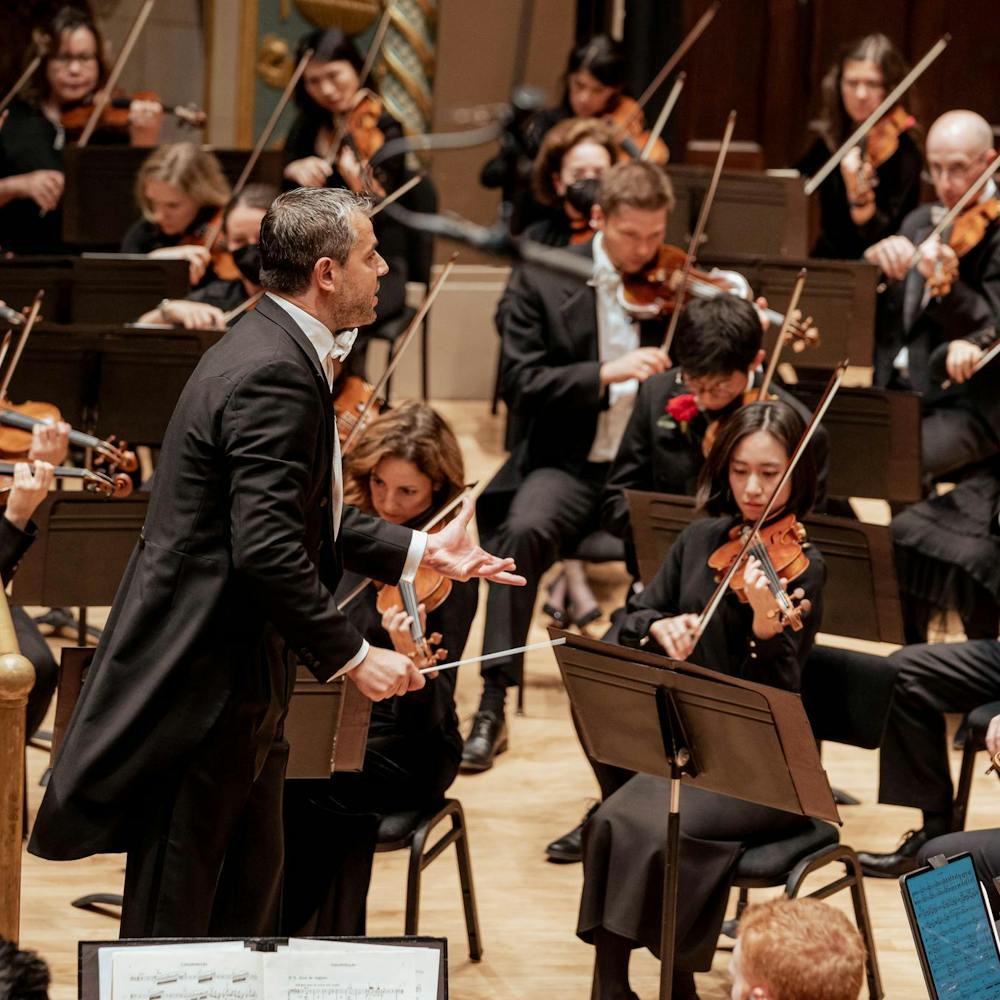Walking gingerly downhill on a narrow, winding street in Cadiz, Spain, paved in incredibly smooth and shiny stones bigger around than softballs, one of my companions, D.G. Schiltz, commented, “There are no championship rollerskaters from Cadiz.”
We all laughed and nodded, but then I replied, “On the other hand, anyone who could skate well on these roads would have to be a champion.”
At this point, the four of us decided we needed more information. We began to stop passers-by and ask people in the small shops along the way, “Do people in Cadiz rollerskate on these winding cobblestone roads?”
The answers were varied and quite telling about the culture of Cadiz, and to some extent, Spain. And the ultimate outcome was a full-blown, hands-on Spanish cultural lesson.
We learned that young kids often try to rollerskate or skateboard on the cobblestones. From the descriptions, most attempts ended like the ABC’s “Wide World of Sports” Agony of Defeat TV clip of a snow skier’s spectacular fall down a mountain ski run, but with blood.
Everyone also added what they personally do on the cobblestones. Kids play various games just like we play hopscotch and jump rope in the U.S. Some local festivals are held on the stone streets with musicians, artists, food and crafts vendors. And we learned that when it rains, the rainwater quickly goes downhill and the stones dry nearly as quick when the sun reappears.
There are no sidewalks, but several artists were out, planted on plateaus in the road with most either painting an uphill or downhill scene. One artist was turned sideways, painting a centuries-old building with multiple flower boxes bursting with color. A man in his 60s — he had several paintings propped against an iron railing. Each was of the same scene as he was painting; the same building and flower boxes but different colored walls.
D.G. asked in halting Spanish if that’s all the man painted. We didn’t understand his response – the words came too fast and were unfamiliar to us as we were just learning Spanish. But then, his son and daughter walked up to translate, and we smiled.
The man owned the house and needed to stay close by as his wife was an invalid. He liked painting the building because each time, he could paint it in a different color and see what it would look like if he repainted his house. And because the street scene always was very colorful, the paintings sold to tourists relatively quickly.
We asked the young pair our questions about the cobblestone streets, and together they smiled and asked us to follow them a few doors down to a bright yellow stucco-faced building. An adjustable spring-tension curtain rod hung in the open doorway with flowing wine-red curtains. There was no sign or street number. The woman parted the curtains and invited us inside to a center courtyard with tables arranged around the covered periphery. She said to come back at 8 p.m., and bring my guitar.
At 8:05 p.m., we returned, and the place was filled with people, a four-piece band playing classical flamenco. Our new friends came over and introduced us to the organizer of the event who owned the building. They said he rented out the open courtyard for wedding receptions and opened it for the neighborhood to enjoy when it wasn’t booked. Everyone chipped in a peseta or two for electricity. Music was the main draw, along with dancing.
And do they dance! Time and again, we were treated to amazing Flamenco and other dance performances in the courtyard and out on the cobblestone street as the night wore on. At its peak, about 11 p.m., there was a band inside and a band outside playing for the crowd. (I think I benefited even more than my friends as I picked up various new tunes, riffs and styles of strumming and picking.)
The women’s clothing ran the gamut from flamenco-style dresses to the latest fashions, while the great majority of the men were all in black. The event was a “comida informal,” what we call a potluck, so we got to taste some delicious “real” Spanish food, like deviled eggs stuffed with tuna, lemon and capers; shredded meat mixed with various spices; fresh calamari in paper cones; Manchego cheese wrapped in jamon serrano (Spanish prosciutto); and some incredible fried potato tortillas topped with fresh peas, cooked carrots and other vegetables in a fresh mayonnaise sauce.
As early morning came, we bid our adieus, receiving countless handshakes and kisses on both cheeks to send us on our way. Walking down the cobblestones, D.G. Schiltz and I almost said in unison, “Well, where are we going to go ask questions about Spanish culture, tomorrow?”
Mike Jenkins is a State News guest columnist and Communications Director for the College of Arts and Letters. Reach him at jenki250@cal.msu.edu.
Support student media!
Please consider donating to The State News and help fund the future of journalism.
Discussion
Share and discuss “Don’t hesitate to ask about culture” on social media.



